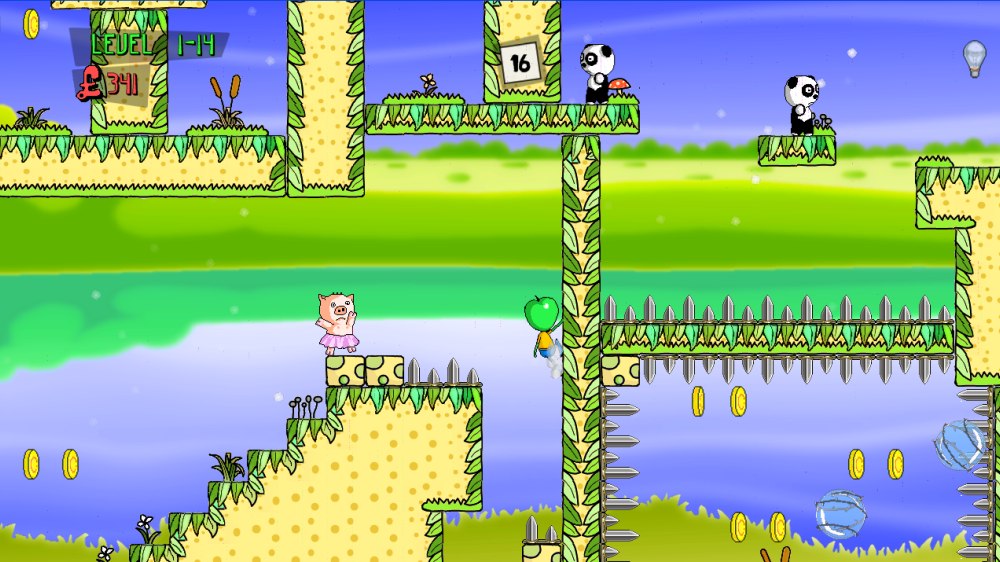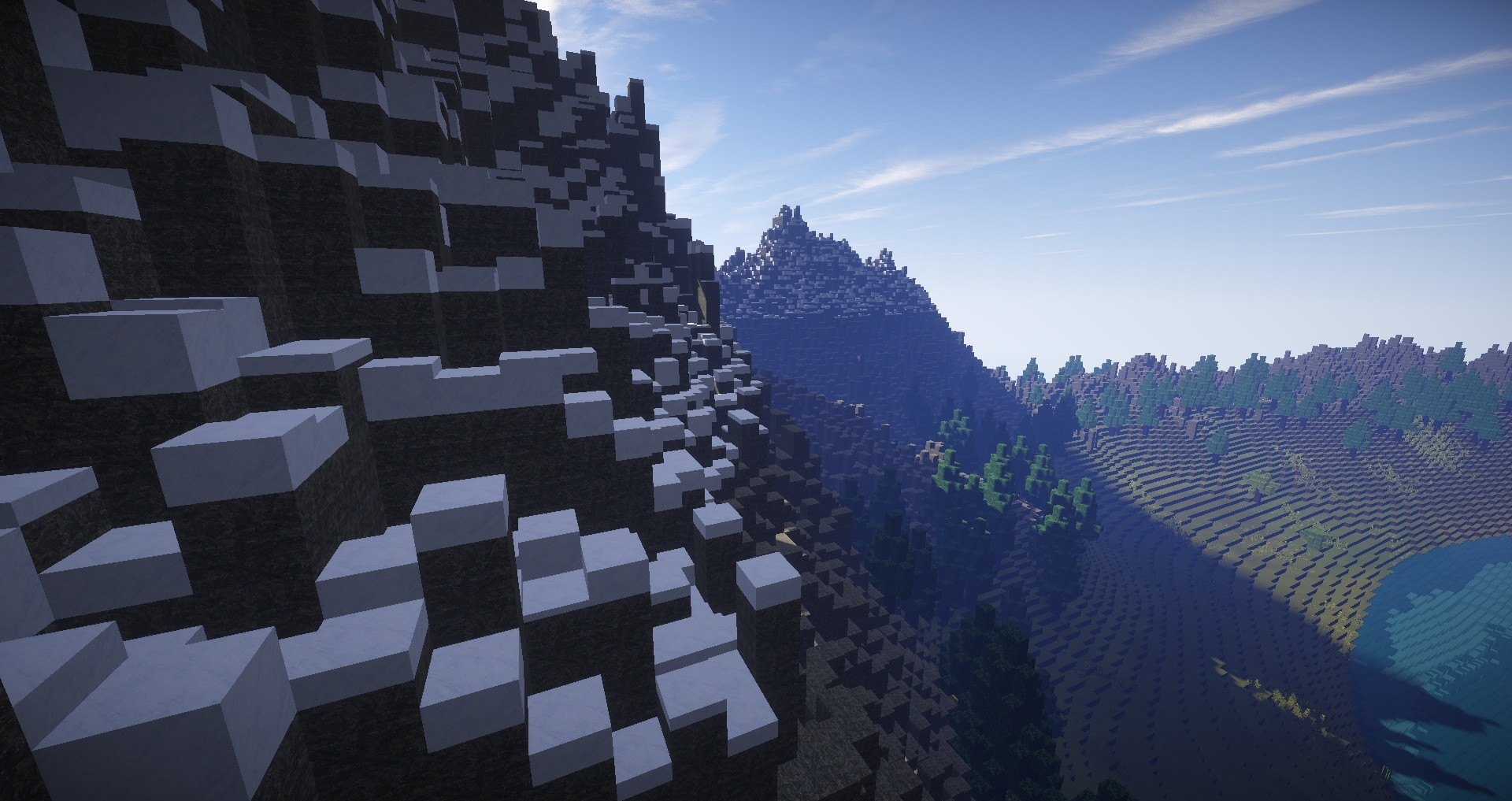We return once again to jump feet first into the history of indie games and get ourselves soaked with information in the process. Last week we talked about the early 2000’s and the impact they had on the future of this burgeoning industry, but now we get to see what happened as the century passed the halfway point and indie gaming rocketed into the mainstream.
Between the years 2006 and 2010 indie games started to become more frequent, and even saw some releases on the previously indie free console market. Games like flOw and Everyday Shooter both saw a release on the PlayStation family of consoles, and the Xbox 360 got their hands on games like Apple Jack and I Made a Game With Zombies In It!

He’s So Mainstream
In many ways the beginning of console indie games marks the start of mainstream acceptance of the industry. While the home systems were just receiving their first drips of indie content, the PC gaming market was blowing up with a huge amount of indie releases. There were two games which came to personify two different sides of the indie market of the day.
One side of the indie market as we know it today is the side that seeks to explore the human condition, games that use the medium to help us understand either the world around us or elements of the industry itself. Braid is arguably the game which has come to personify this artistic, analytic side of our industry, itself being a beautifully designed and drawn deconstruction of tropes and trends in gaming.
Braid features a hero saving a princess, classic 2-D platformer gameplay and a bunch of levels split across several worlds with different themes, all of which are things you could expect to find in a game made 30 years ago. The game becomes interesting when things start to go strange. Each level is joined by text dumps exploring the main characters thoughts and feelings, and the players gameplay expectations are subverted by the introduction of time manipulation early on.

Craft Attack
If there is another side to the indie coin it is what you might call ‘the indie sleeper hit’. The indie sleeper is an indie game with a small development cost and team which suddenly skyrockets to popularity almost out of nowhere. The first major game to pull this off in a big way is Minecraft.
It is almost impossible that those reading this article will not have heard of Minecraft by now. Back in 2009 the alpha of the game was released to the public in the now industry wide practise of early access releasing. It is a game which features absolute freedom of choice, building, mining and crafting are your tools and the entire block-based world is your canvas.
Thanks to the simple gameplay and unique delivery method Minecraft has become a franchise so huge that it was impossible to ignore it any more. It is possibly the first indie game ever made to actually get its own convention, and to date has sold more copies than almost any other video game ever made accruing more than 144 million copies.
It would be impossible to try and deny that both Minecraft and Braid had huge impacts on the indie industry. Braid did a good job of showing us that video games didn’t need a huge budget or lots of people working on it to explore an interesting concept in both narrative and gameplay. Minecraft showed us that an indie game could become more popular than most triple A games, with simple gameplay and even simpler graphics.

Bundle O’ Fun
It is no coincidence that by 2010 the indie market had experience such a huge boom that hundreds of new games were coming out each month, but it was not Braid and Minecraft alone that did the most to give these indie titles the publicity they needed to thrive. The real trick lay with the distribution, and it would not be Steam that truly opened the indie floodgates to the world, at least not at first.



